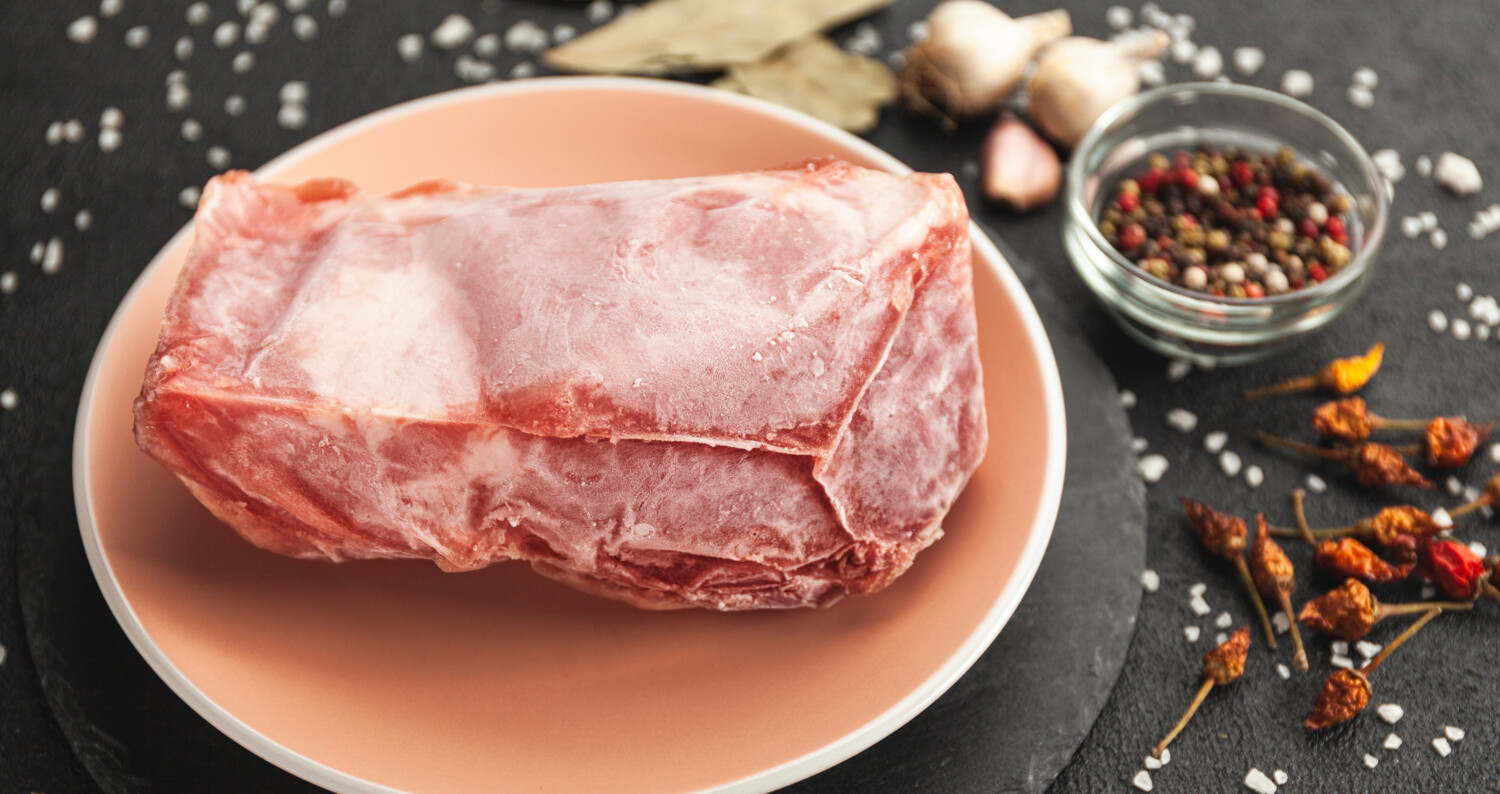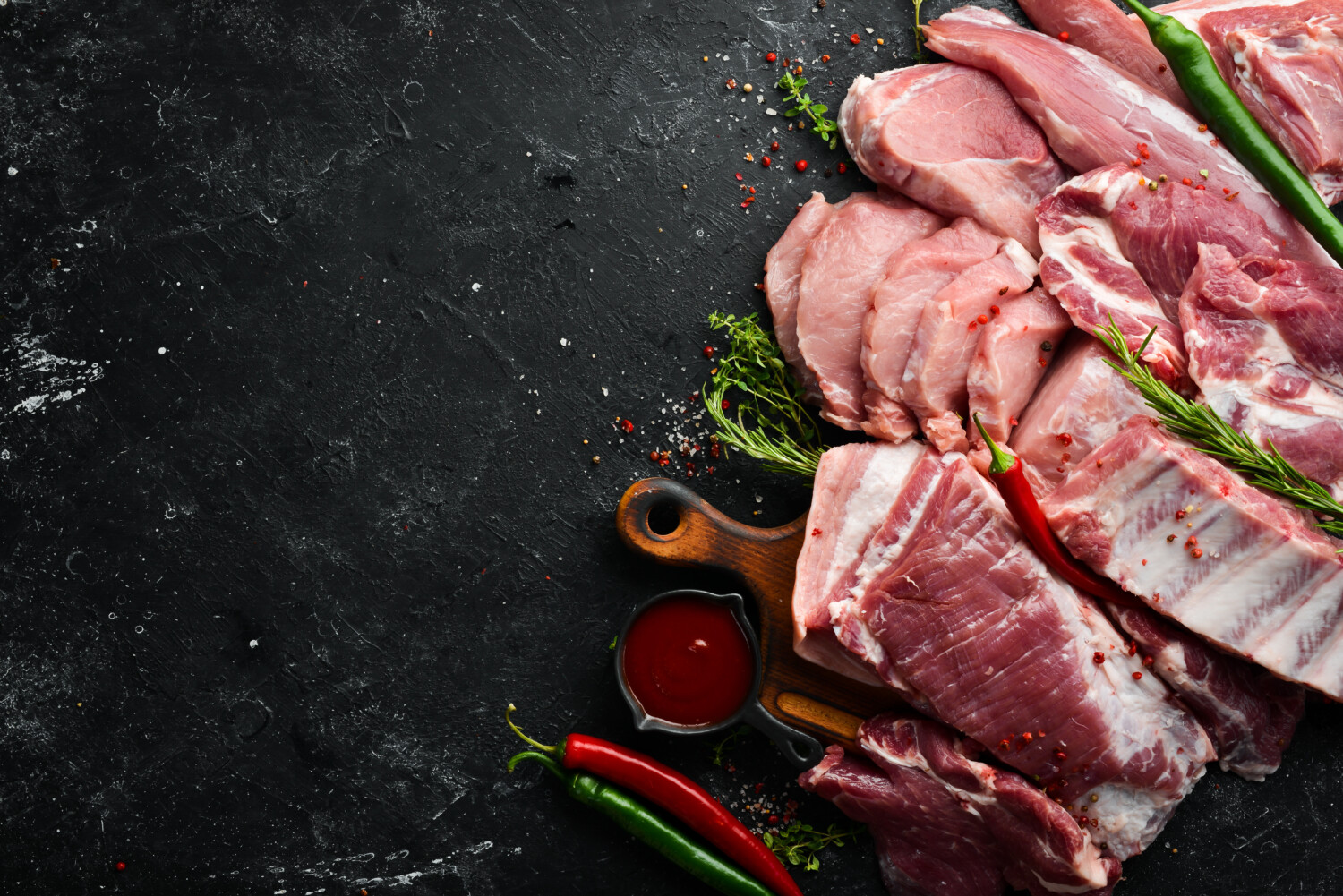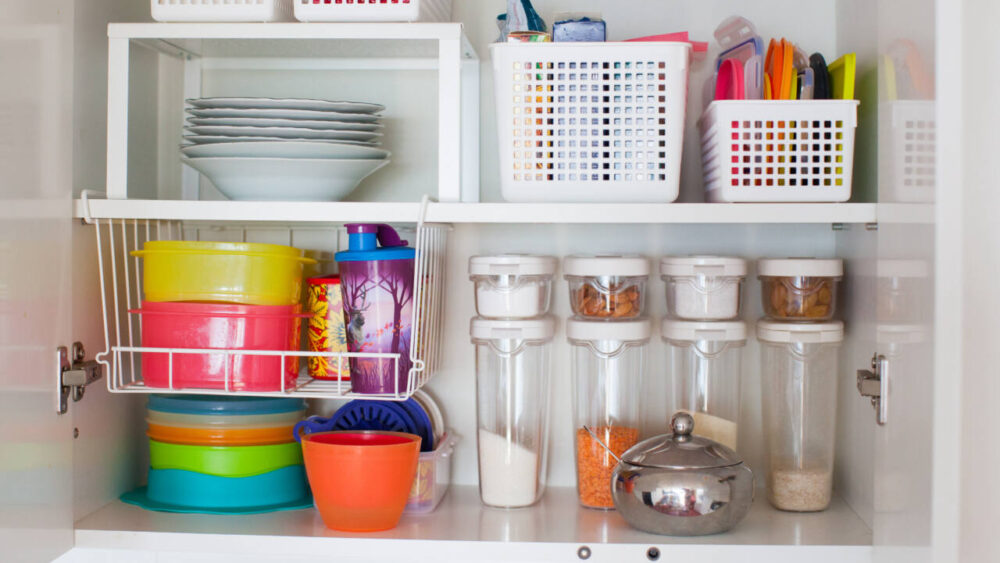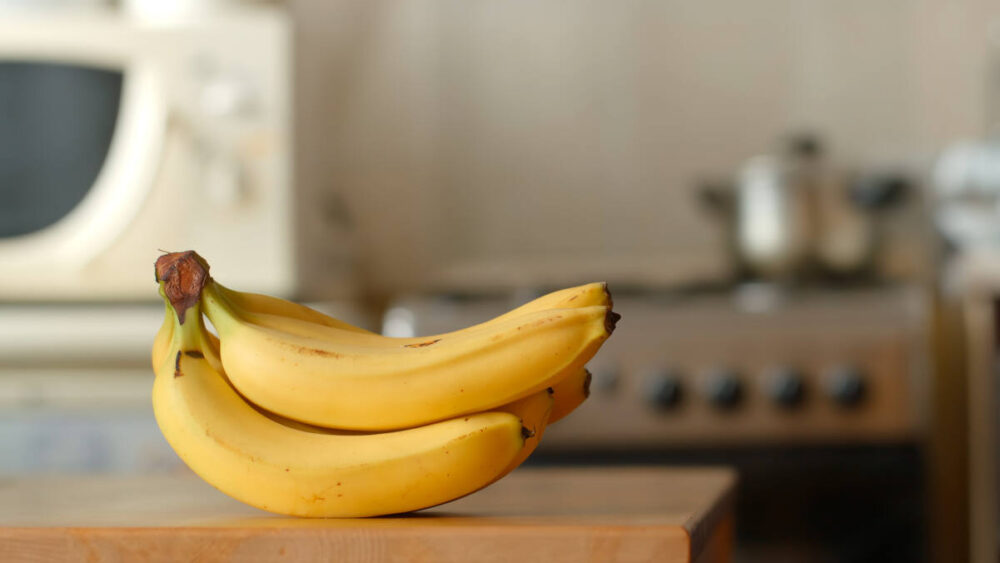Can you refreeze meat after you’ve thawed it out? Here’s what to know to stay safe
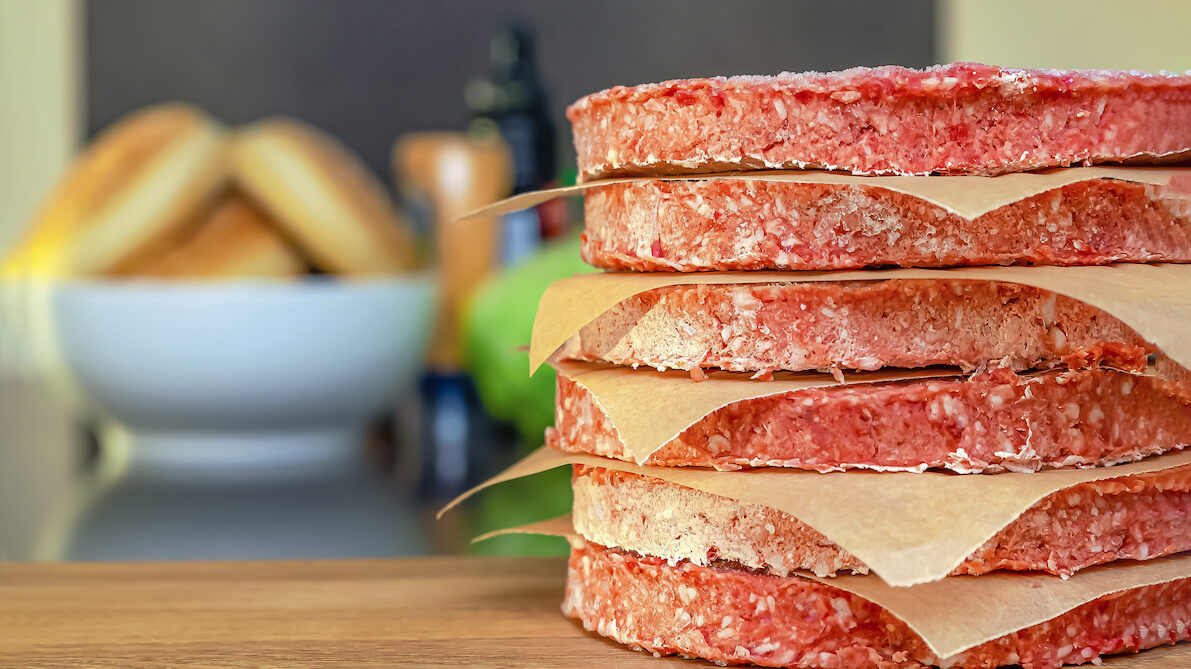
- February 28, 2023 |Last updated on 04/27/2023
Freezing leftover ingredients and entire meals can be huge time and money savers. With certain exceptions like eggs in shells, most foods can be frozen. The issue is usually that freezing food can alter the taste and texture of certain items that don’t freeze well in general, such as cream sauce and lettuce. When freezing meat and poultry, it’s best when done with raw items since the moisture loss that comes with cooking can degrade its quality.
Freezing food items also inactivates any bacteria, yeast and mold microbes present in the food. However, once thawed, they can become active again and multiply, so thawed food should be handled similarly to any perishable item. This had us wondering … can you refreeze meat after defrosting? Is it safe?
Refreezing Food After Thawing
So, can you refreeze meat? The short answer is yes. If food is thawed in a refrigerator (and not your kitchen counter — more on that below), it’s safe for you to refreeze it without cooking it, according to USDA. The downside is that moisture may be lost through the thawing process, affecting the quality. Regardless of whether the meat is cooked or raw, it can be refrozen.
Can You Freeze And Thaw Repeatedly?
As long as it’s done properly, it is safe to refreeze and thaw meat repeatedly; however, the meat will become dryer and less flavorful. Reduced moisture levels will create less juicy meat. When re-freezing meat, try to get it in the freezer as quickly as possible to prevent large ice crystals from forming.
Another way to make freezing easier is to break the meat up into smaller portions. The more manageable the portions, the easier it might be to prevent needing to refreeze them in the first place. This is because many people thaw too much meat to begin with, and end up needing to refreeze it for later use. Smaller portions mean you’re more likely to only defrost what you need to cook.
The good news is that the freezing process doesn’t negatively affect nutrients. And freezer burn won’t make food unsafe to consume, but if you spot any gray or brown areas, it’s because the meat came in contact with the air. Simply cut and discard these sections.
A Good Rule of Thumb
As tempting as it might be to thaw meat on the kitchen countertop, don’t! E.coli and salmonella multiply quickly at room temperature. It’s much safer to defrost meat, poultry and fish in the refrigerator. (Assuming your fridge temperature is set to 40 degrees or lower.)
Once thawed, seafood, poultry and meat can remain for one to two days before cooking. Red cuts like beef, pork or lamb roasts, steaks and chops, can stay for three to five days.
If you find you’re regularly thawing and refreezing meat, maybe consider using the leftover meat in other meals throughout the week.
Generally speaking, once cooked, leftovers should be frozen within three to four days.
The less hectic and confusing life in the kitchen can be, the better! Now that you’re no longer wondering if you can refreeze meat, you can move forward with dinner prep. That’s one less thing on your plate to worry about.
MORE: Storing ice cream in a Ziploc supposedly prevents freezer burn so we tested it out


